Establishing a “green channel” from the garden to the border gate
Vietnam is currently one of the countries with the fastest growing durian growing area in the region, with an expected export turnover of 3-4 billion USD/year. However, the official export process to China is facing many obstacles, especially in customs clearance. Currently, the average customs clearance time for a durian container lasts from 7-10 days, while Thailand only takes 2 days.
Speaking with reporters from the Industry and Trade Newspaper, Mr. Dang Phuc Nguyen, General Secretary of the Vietnam Fruit and Vegetable Association emphasized: “Vietnam needs to soon establish a quality monitoring system right from the plantation. This is a prerequisite for negotiating with China to open a separate “green lane” mechanism for durian, reducing costs and limiting losses due to long waiting times for customs clearance.”
Experience from Thailand shows that they currently have more than 300 mini laboratories spread across the country. durian growing areas, helping to quickly check heavy metal indicators such as Cadmium and O-yellow. Thailand's successful customs clearance rate is currently over 99%, thanks to this strict control process. This is also the basis for your country to propose a fast customs clearance mechanism, limiting random inspections.
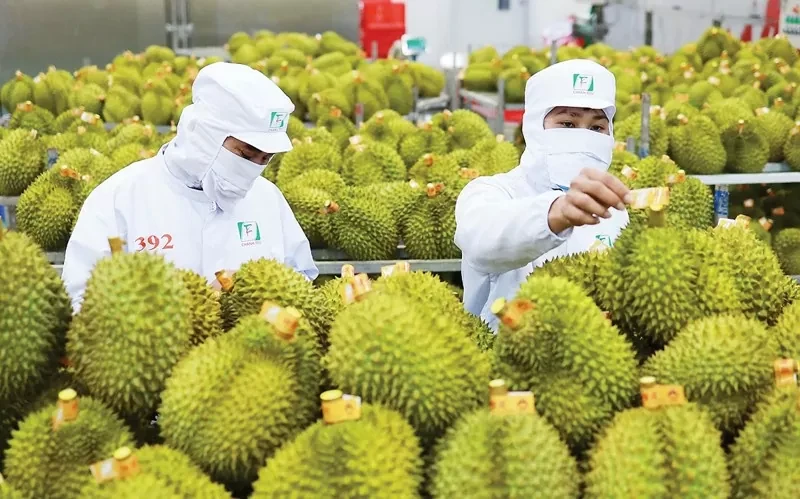
Mr. Dang Phuc Nguyen added: “With Thailand’s experience in rapid testing of heavy metals and banned substances, Vietnam can completely learn from this model to conduct on-site inspections and reduce pressure on border gates.”
In Vietnam, gardeners want to sell their products to export business It is mandatory to have a certificate of no residue of substances such as gold O and cadmium. The shipments then continue to be tested a second time at a lab licensed by Vietnam and China, before being brought to the border gate.
In addition, strengthening the capacity of domestic laboratories, food safety monitoring and on-site plant quarantine is also important. Violations related to chemical residues need to be strictly handled, and the identities of violating enterprises should be made public to create deterrence.
Direction to increase value and expand market
One of the core problems today is the lack of systematic production organization. The quality of durian depends directly on the growing conditions, care methods, use of pesticides and compliance with growing area standards.
“ The phenomenon of borrowing growing area codes or fraudulent farming logs still occurs in some localities. If not strictly controlled, it will affect the reputation of the industry, ” Mr. Nguyen warned.
Therefore, localities need to tighten management and regularly check the use of codes for growing areas and packaging facilities. Building a transparent database and digitizing the entire traceability process will help increase reliability with import partners.
At the same time, planning specialized growing areas in a sustainable manner is inevitable. The State needs to have a policy to guide and limit the situation of massive expansion leading to planning disruption and the risk of oversupply. Encouraging cooperatives, businesses and people to join the "4-house" association will help ensure consistent quality, stable output and easier access to export markets.
In addition, it is necessary to soon promulgate crop standards to prevent residues of Cadmium, heavy metals and banned substances. Strict control of the agricultural materials market, especially fertilizers and pesticides containing banned ingredients, should be considered a priority.
At the same time, regular training for farmers on safe farming techniques and the use of chemicals according to the "4 rights" principle (right medicine, right time, right dosage and right way) will help raise awareness and practical action right from the grassroots level.
Also according to Mr. Dang Phuc Nguyen: “The planning of durian growing areas must be sustainable and limit spontaneous expansion. The State needs to encourage businesses, cooperatives and farmers to join the “four houses” association to synchronize quality and ensure export output.”
One of the sustainable and long-term solutions is to develop the processing industry. The post-harvest loss rate of durian is still high, due to limitations in preservation technology. Investing in cold storage systems, cool storage, and advanced preservation technology such as CAS (Cells Alive System) will help extend storage time while maintaining quality, especially during peak harvest periods.
Not stopping at fresh fruit, Vietnam needs to promote deep processing to diversify products. Frozen and dried durian, confectionery, durian ice cream... are products with great potential, not only solving output during the crop season but also expanding to other markets with higher value. Negotiating to expand official exports of deeply processed products to the Chinese market and Northeast Asian countries is also a key task.
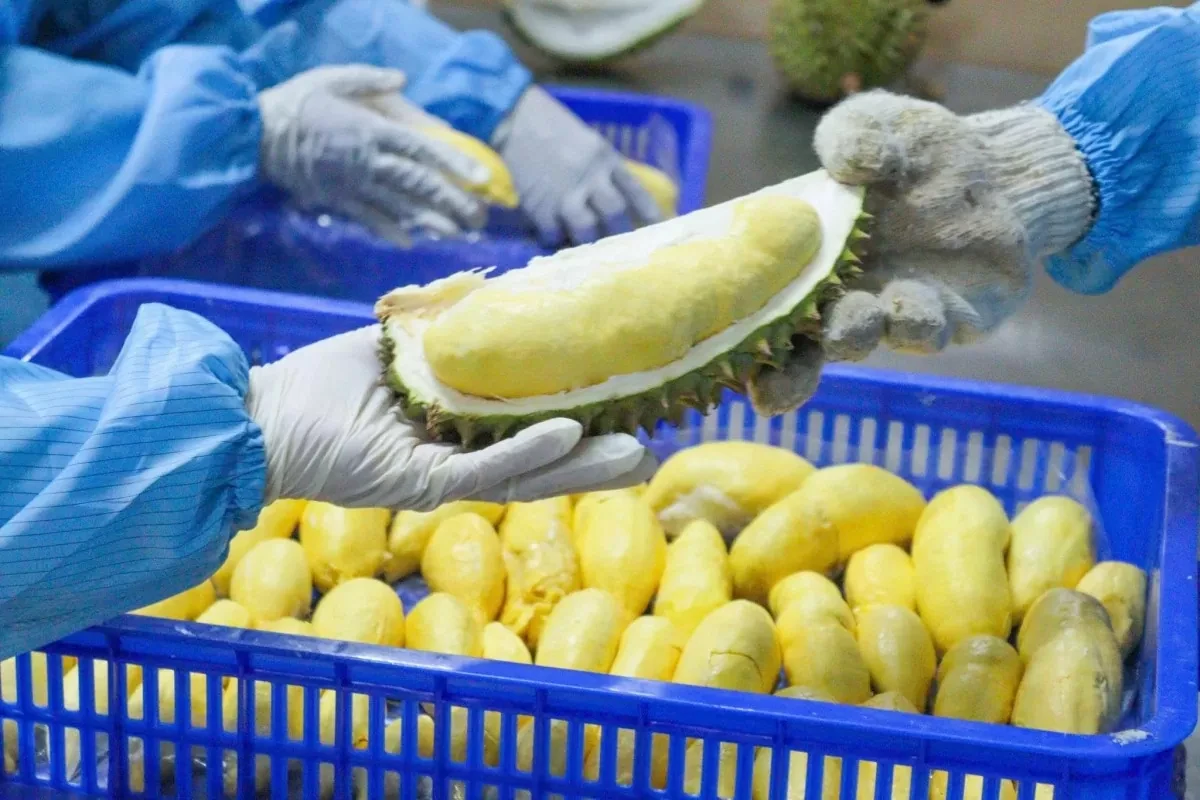
“Developing the processing industry is a must to reduce pressure on fresh durian and increase its value. Products such as frozen durian, dried durian or confectionery will help extend the consumption time and expand the export market,” Mr. Nguyen emphasized.
Planning and forming processing industrial clusters associated with raw material areas will help optimize logistics costs, ensure input quality and create an effective production and consumption chain.
The international market is increasingly demanding in terms of quality, food safety and traceability. To assert a solid position, Vietnam cannot rely solely on increasing output but must build a transparent, sustainable and responsible value chain.
“ To stand firm in the international market, Vietnam cannot only rely on increasing production but must build a transparent value chain, clear traceability and ensure food safety standards ,” Mr. Dang Phuc Nguyen proposed.
Source: https://baoquangninh.vn/thao-nut-that-cho-sau-rieng-can-luong-xanh-thong-quan-3360356.html


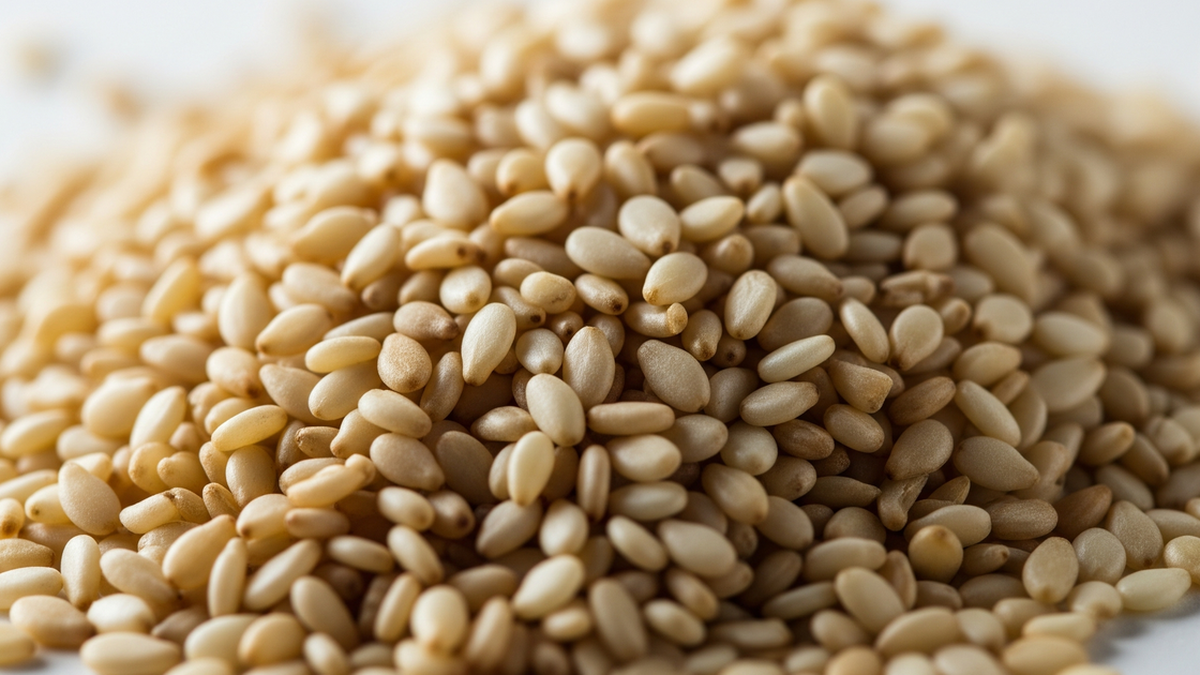

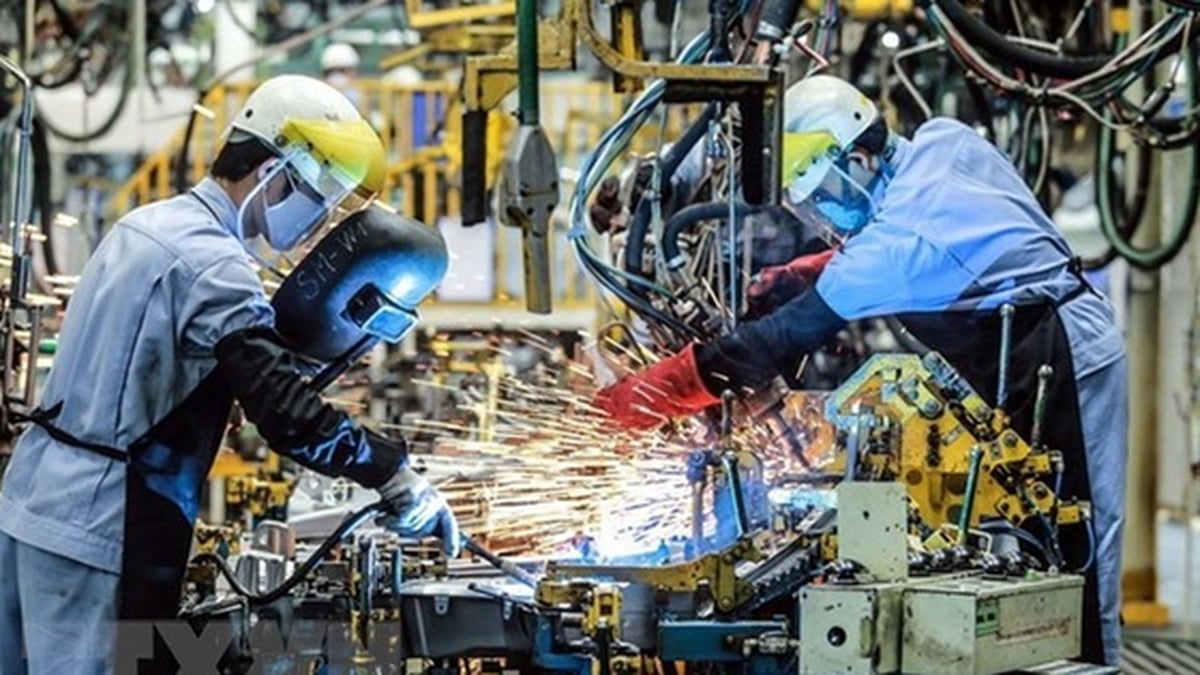
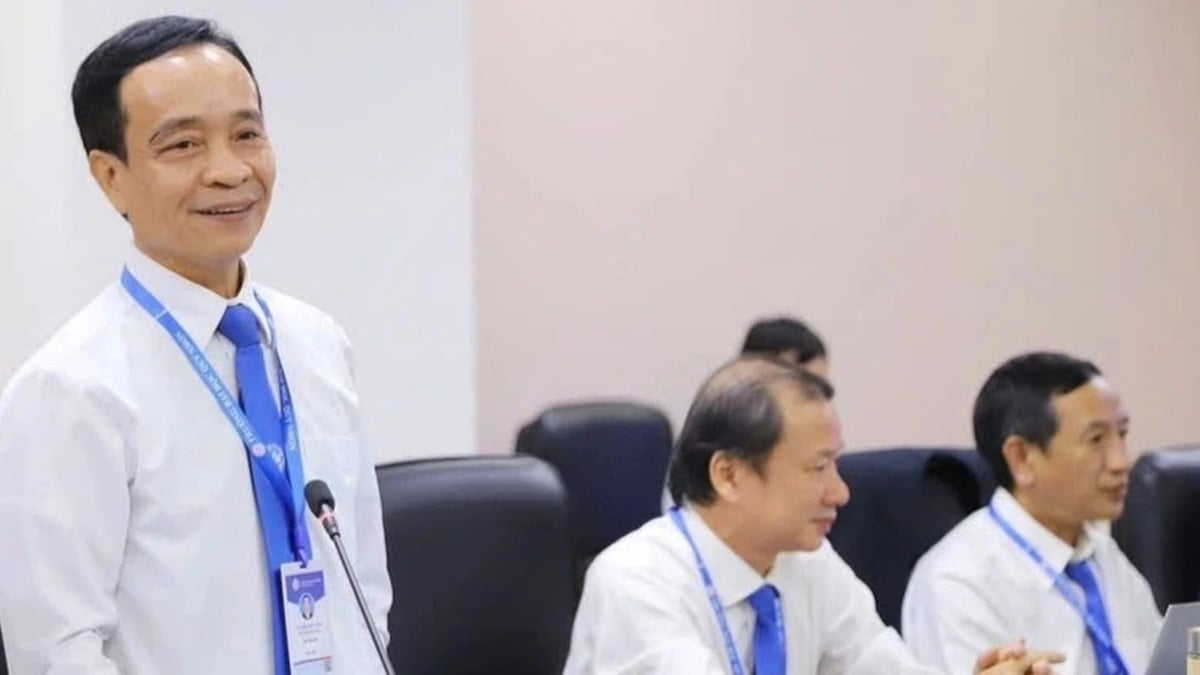
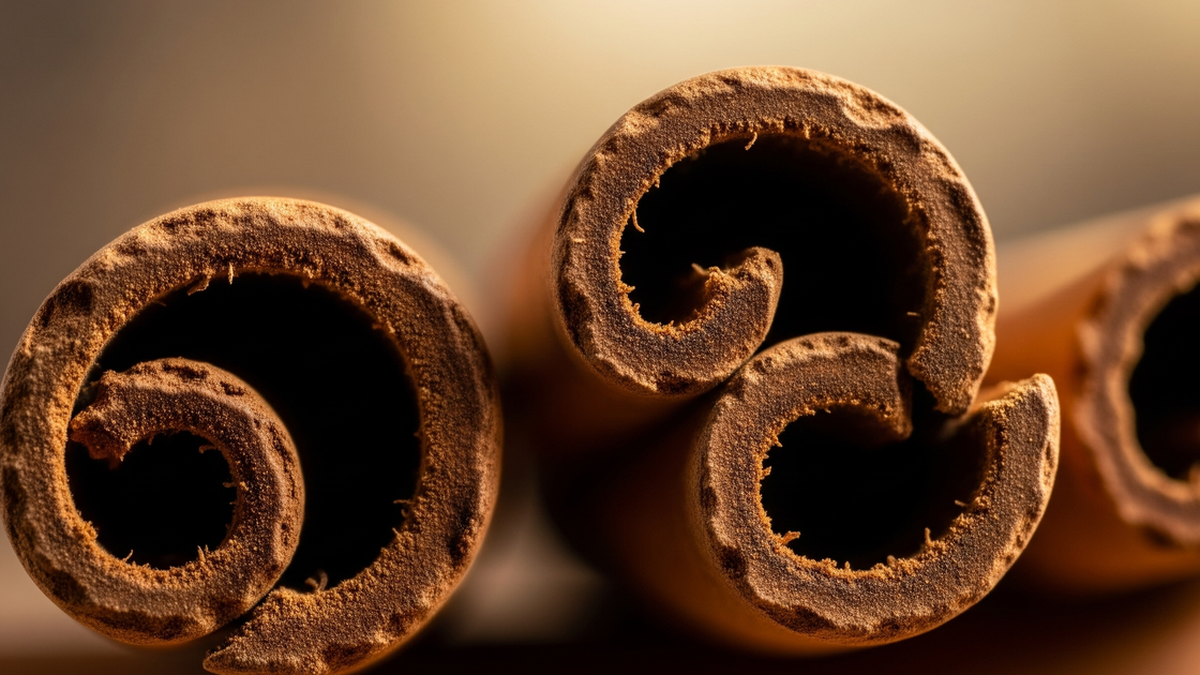

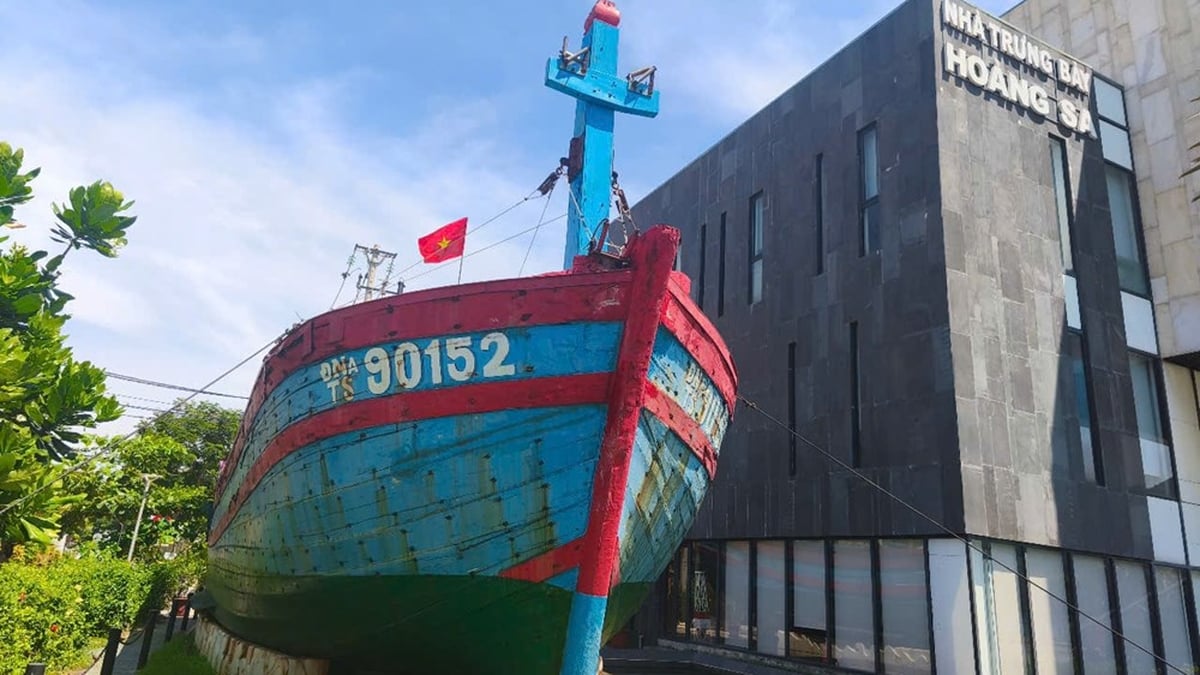

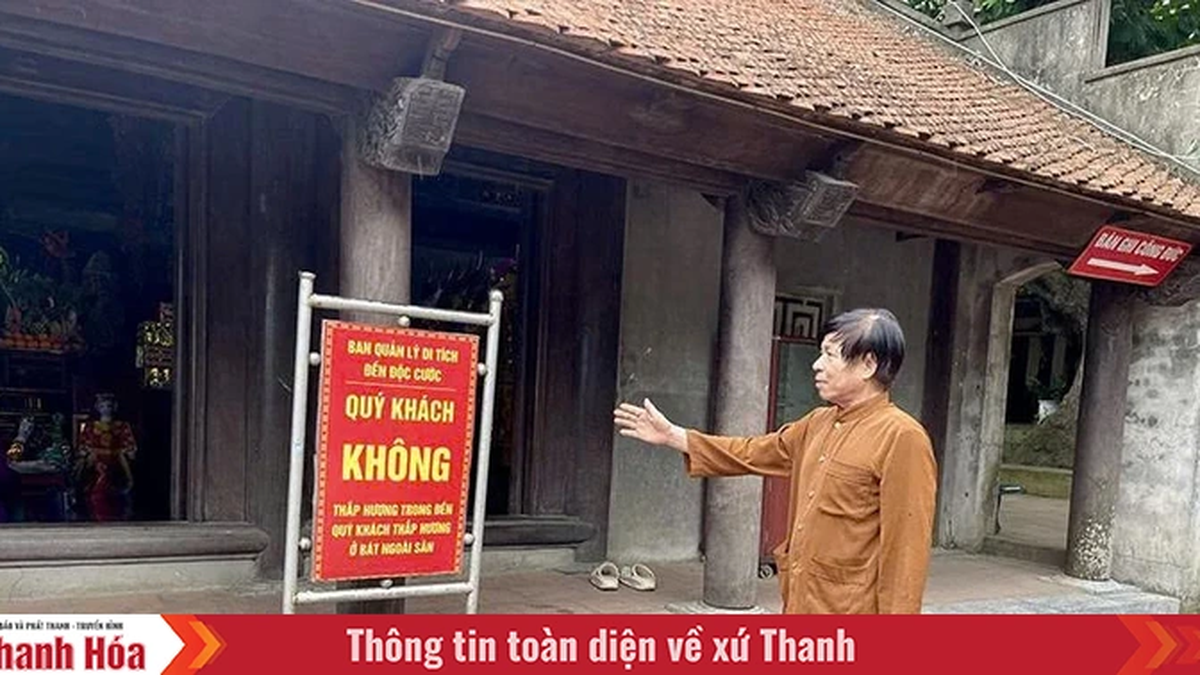










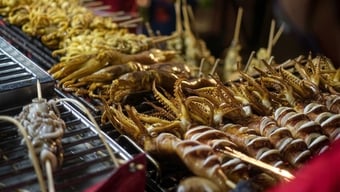
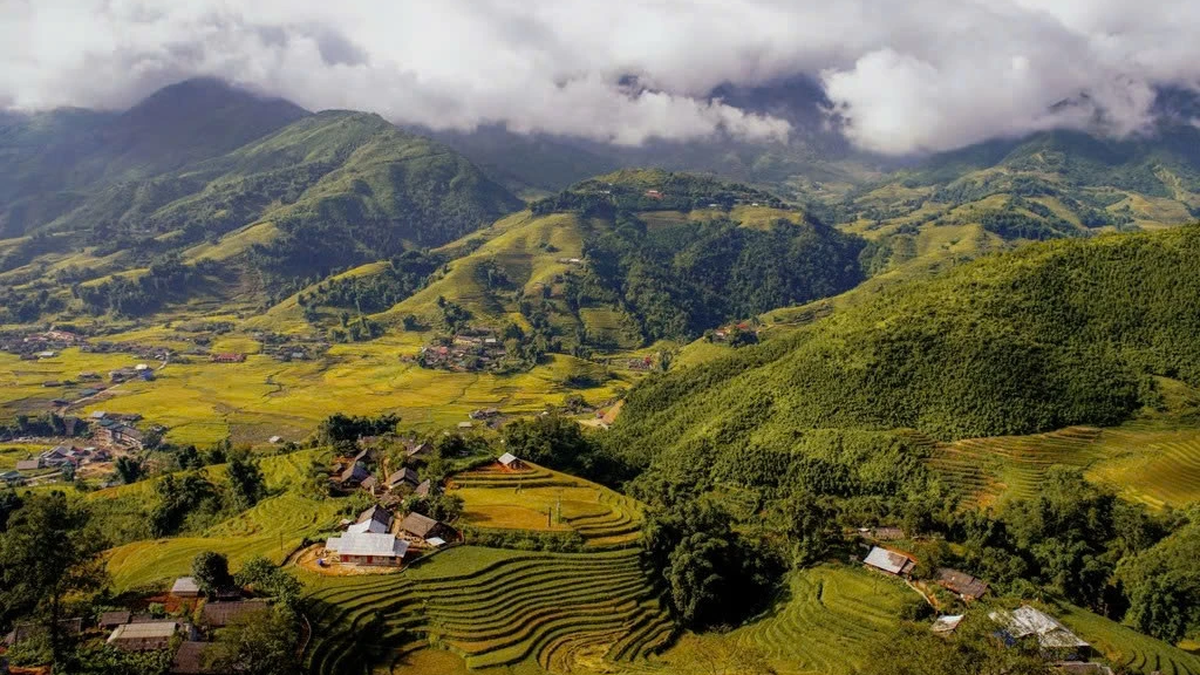







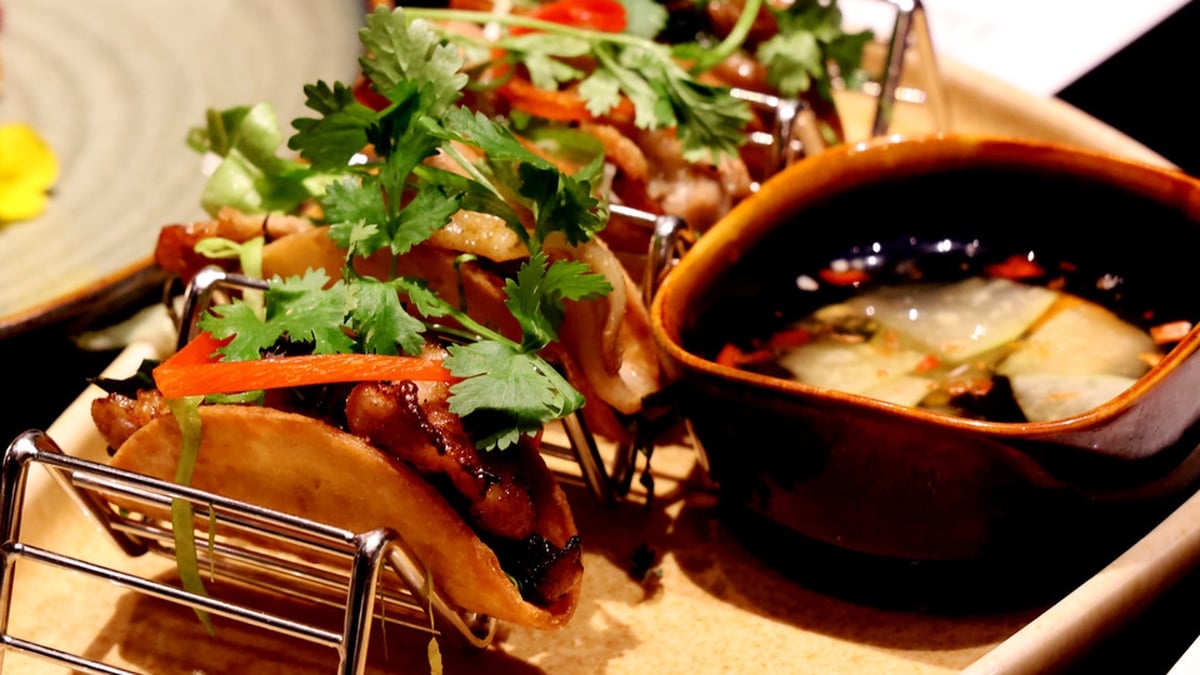

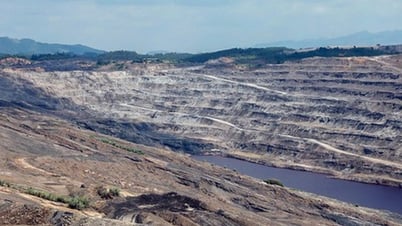

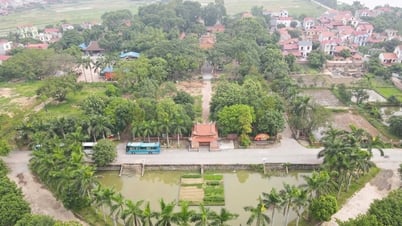



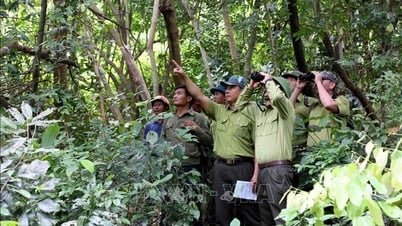

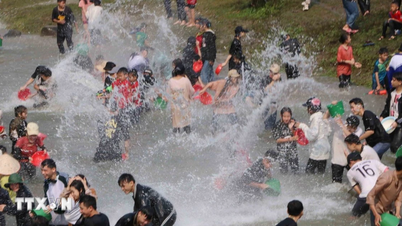



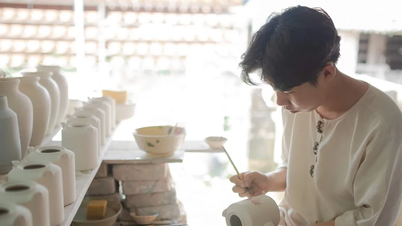




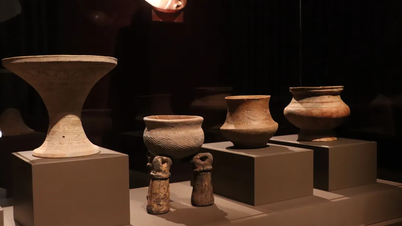


![[Maritime News] More than 80% of global container shipping capacity is in the hands of MSC and major shipping alliances](https://vphoto.vietnam.vn/thumb/402x226/vietnam/resource/IMAGE/2025/7/16/6b4d586c984b4cbf8c5680352b9eaeb0)




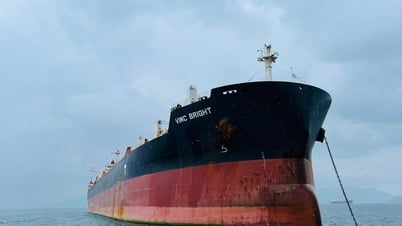
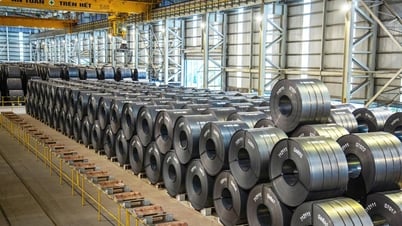




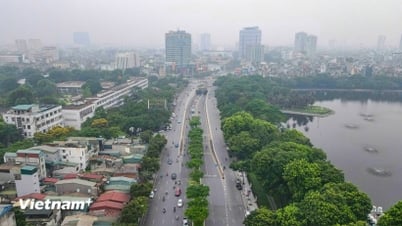


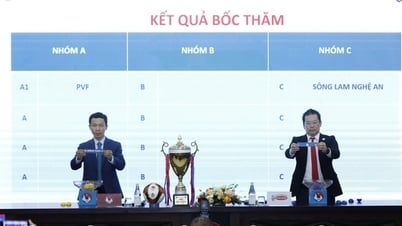

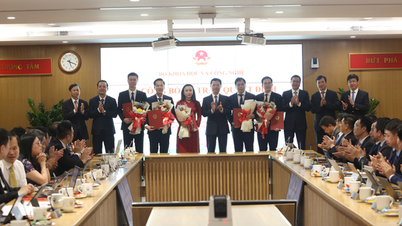


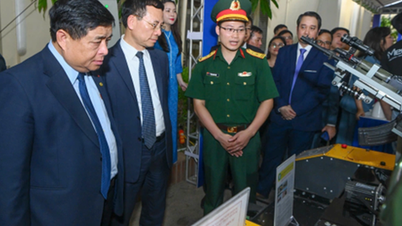
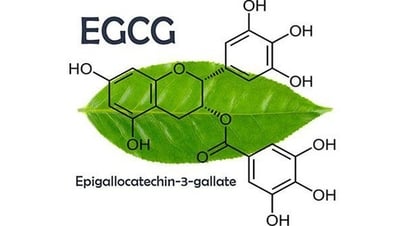












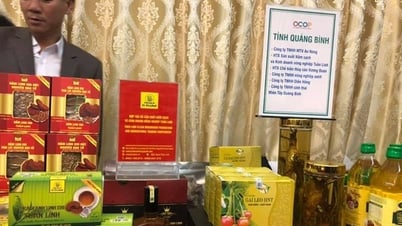





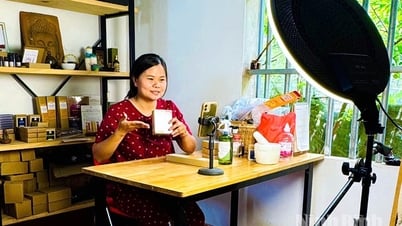


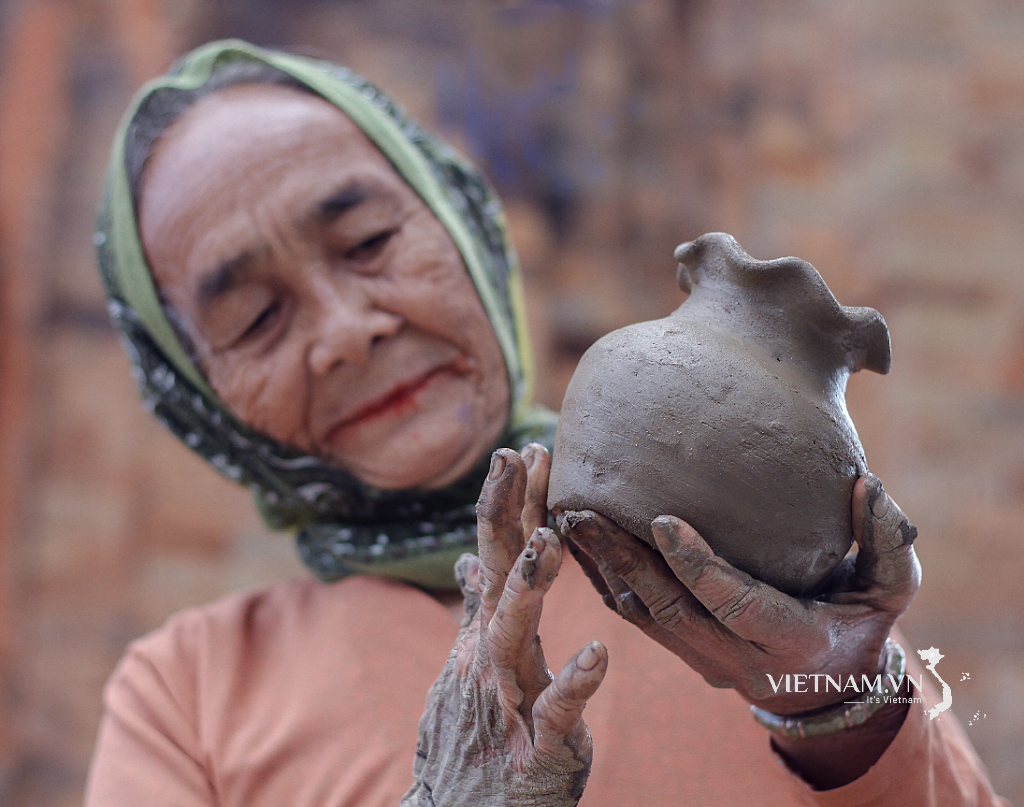
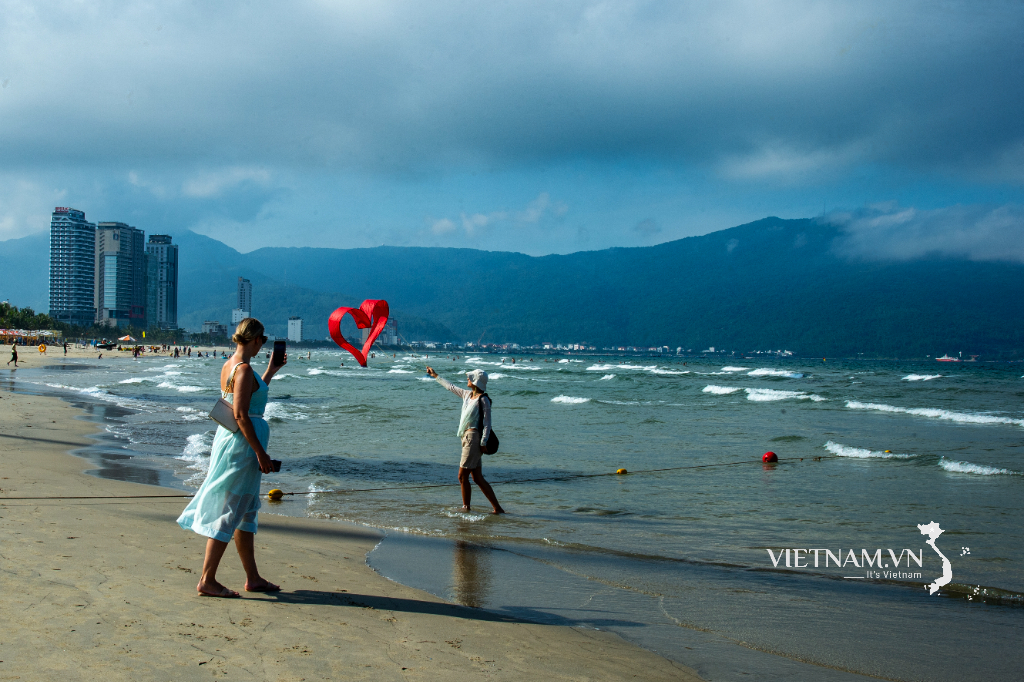


Comment (0)